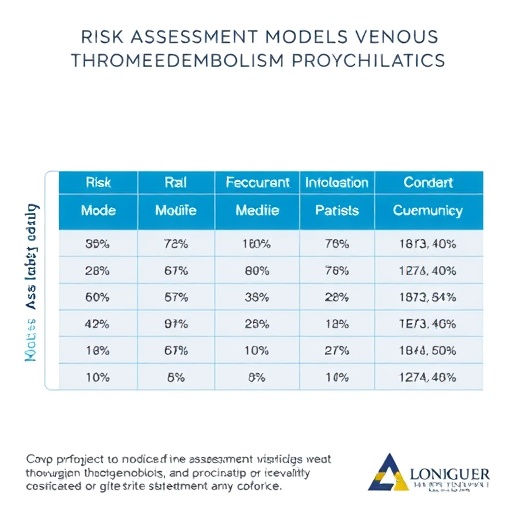The Passenger Pigeon, a species of pigeon that died out in the early years of the 20th century, could have been saved even after it was considered doomed to extinction.
As a result of this research, conservationists now have a model to test for functional extinction- defined as a total reproductive failure — allowing them to question species' extinctions in the past, as well as those that may be heading towards extinction. In the case of the Passenger Pigeon it dispels the theory that it underwent functional extinction.
Research by conservationists at the University of Kent, with colleagues in Germany and the US, discovered that the species did not actually experience functional extinction prior to its actual extinction in the early years of the 20th century.
The team, led by Dr David Roberts, of the Durrell Institute of Conservation and Ecology (DICE) in the School of Anthropology and Conservation, applied a new statistical method to a record of museum specimens of physical remains to test for functional extinction of the Passenger Pigeon (Ectopistes migratorius). Functional extinction is more difficult to detect because changes in reproductive events can be difficult to observe.
Although it is now too late for the Passenger Pigeon, the results of the research demonstrate that captive breeding efforts were not necessary if hunting controls had been put in places as had been proposed. The results suggest that proposals to reverse the Passenger Pigeon's rapid decline in the late 19th century could have been successful. The demise of the Passenger Pigeon was a major impetus for Federal legislation to protect other wild birds from the same fate.
###
On the functional extinction of the Passenger Pigeon by David L. Roberts, Durrell Institute of Conservation and Ecology, Ivan Jari?, Leibniz-Institute of Freshwater Ecology and Inland Fisheries, Berlin, Germany and Andrew R. Solow, Woods Hole Oceanographic Institution, Woods Hole, MA, USA, is published in Conservation Biology DOI: 10.1111/cobi.12914 http://onlinelibrary.wiley.com/doi/10.1111/cobi.12914/full
For further information or interview requests contact Sandy Fleming at the University of Kent Press Office.
Tel: 01227 823581/01634 888879
Email: [email protected]
News releases can also be found at http://www.kent.ac.uk/news University of Kent on Twitter: http://twitter.com/UniKent
Notes to Editors
At the time of the European settlement of North America, the Passenger Pigeon (Ectopistes migratorius) was arguably the most abundant bird species on Earth. By the turn of the 19th century, however, populations were declining as a result of hunting, nest disturbance and habitat loss.
The species became extinct on 1 September 1914 with the death of a solitary 29-year-old female called Martha in the Cincinnati Zoo, with extinction in the wild around a decade earlier.
Established in 1965, the University of Kent — the UK's European university — now has almost 20,000 students across campuses or study centres at Canterbury, Medway, Tonbridge, Brussels, Paris, Athens and Rome.
It has been ranked: 23rd in the Guardian University Guide 2017; 23rd in the Times and Sunday Times University Guide 2017; and 23rd in the Complete University Guide 2017.
In the Times Higher Education (THE) World University Rankings 2015-16, Kent is in the top 10% of the world's leading universities for international outlook and 66th in its table of the most international universities in the world. The THE also ranked the University as 20th in its 'Table of Tables' 2016.
Kent is ranked 17th in the UK for research intensity (REF 2014). It has world-leading research in all subjects and 97% of its research is deemed by the REF to be of international quality.
In the National Student Survey 2016, Kent achieved the fourth highest score for overall student satisfaction, out of all publicly funded, multi-faculty universities. Along with the universities of East Anglia and Essex, Kent is a member of the Eastern Arc Research Consortium.
The University is worth £0.7 billion to the economy of the south east and supports more than 7,800 jobs in the region. Student off-campus spend contributes £293.3m and 2,532 full-time-equivalent jobs to those totals.
In 2014, Kent received its second Queen's Anniversary Prize for Higher and Further Education.
Media Contact
Sandy Fleming
[email protected]
44-122-782-3581
@UniKent
http://www.kent.ac.uk
############
Story Source: Materials provided by Scienmag




